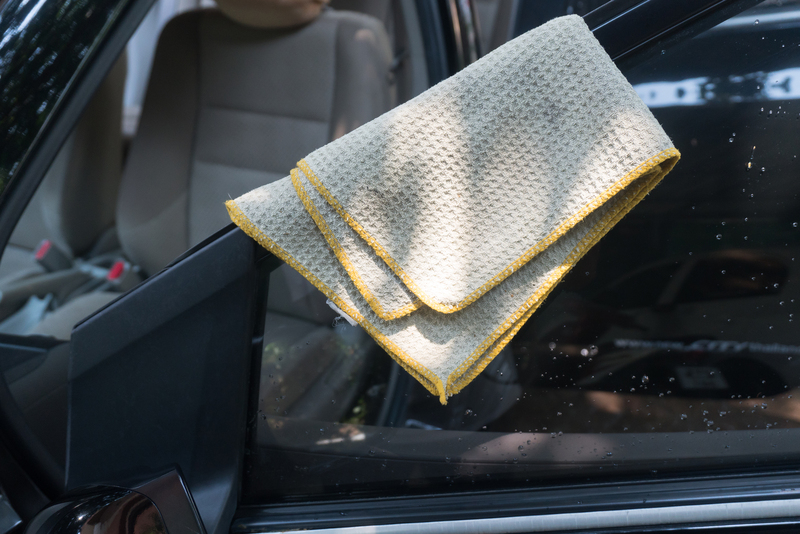How to Tackle Burnt-On Stove Residue
Posted on 25/02/2025
Burnt-on stove residue can be a persistent and frustrating problem that not only affects the aesthetic appeal of your kitchen but also its functionality. A clean stove ensures better performance and prolongs its life. This article offers you step-by-step solutions to effectively tackle burnt-on stove residue, so you can maintain a sparkling clean kitchen.
Why Burnt-On Residue Happens
Burnt-on residue is often the result of spillage or overflowing of food during cooking. Over time, repeated exposure to high heat bakes these residues onto the stovetop, making them difficult to remove. Factors such as the type of stove and frequency of cleaning also play a crucial role.

Tools and Materials Needed
Before diving into the cleaning process, gather the following tools and materials:
- Scraper or razor blade
- Baking soda
- White vinegar
- Dish soap
- Non-abrasive scrubbing pad
- Microfiber cloth
- Heat-resistant gloves
Step-by-Step Cleaning Process
Step 1: Initial Assessment
Inspect the area to understand the level of burnt-on residue. This step will help you determine the intensity of cleaning required.
Step 2: Preparation
Ensure that the stove is turned off and completely cool. If you have a removable stove top or grates, take them off to make cleaning easier.
Step 3: Use Baking Soda and Vinegar
Create a paste using baking soda and a small amount of water. Apply this paste generously to the burnt-on areas. Let it sit for at least 15 minutes. Spray white vinegar over the baking soda. The fizzing reaction helps to lift off the burnt-on residue.
Step 4: Scrape Off the Residue
Using a scraper or razor blade, gently scrape off the loosened residue. Hold the scraper at a slight angle to avoid damaging the surface. Make sure to wear heat-resistant gloves if the residue requires more pressure.
Step 5: Use Dish Soap and Warm Water
Mix a few drops of dish soap with warm water and use a non-abrasive scrubbing pad to scrub the area clean. Rinse thoroughly with clean water and wipe dry with a microfiber cloth.
Step 6: Final Touch
Give the stove a final wipe down using a damp microfiber cloth to remove any remaining residue and to polish the surface.
Tips for Maintenance
1. Clean Spills Immediately: Tackle spills and splatters as soon as they happen to prevent them from hardening and becoming burnt-on residues.
2. Use Stove Protectors: Consider using stove protectors to catch spills and make cleaning easier.
3. Regular Maintenance: Make a habit of doing a quick wipe down of your stove after each use.
Pros and Cons of Home Remedies
Pros
- Cost-Effective: Most materials are household items that you likely already have.
- Non-Toxic: Safe for use around food and children.
- Effective: Can effectively tackle even stubborn burnt-on residue.
Cons
- Time-Consuming: May require repeated efforts for heavy residue.
- Physical Effort: Requires scrubbing and scraping which can be taxing.
- Surface Risk: Incorrect use of scraping tools can damage certain surfaces.

Takeaways
1. Regular cleaning prevents build-up of burnt-on residue.
2. Use a combination of baking soda and vinegar for effective cleaning.
3. Proper tools and techniques are essential for optimal results.
Conclusion
A clean stove is crucial for both its efficiency and the appearance of your kitchen. Tackling burnt-on stove residue may seem daunting, but with the right tools, methods, and regular maintenance, it becomes a manageable task. Follow the steps and tips above to keep your stove looking brand new and functioning at its best.

 Company name:
Company name:  Telephone:
Telephone:  Opening Hours:
Opening Hours:  Street address:
Street address:  City:
City:  E-mail:
E-mail:  Web:
Web:  Description:
Description: 







